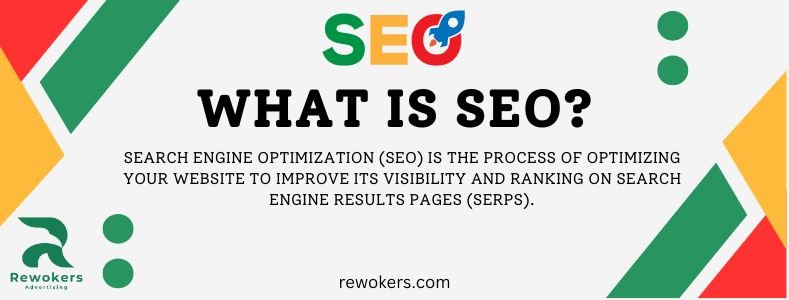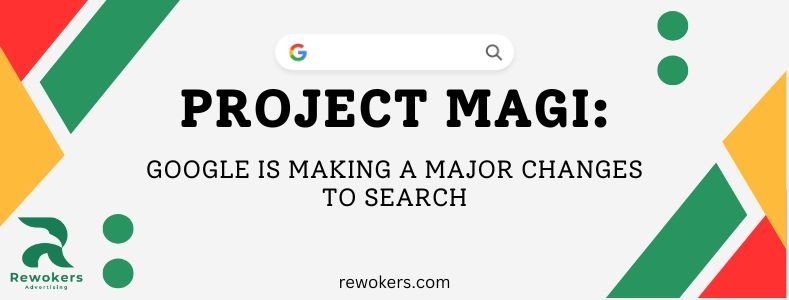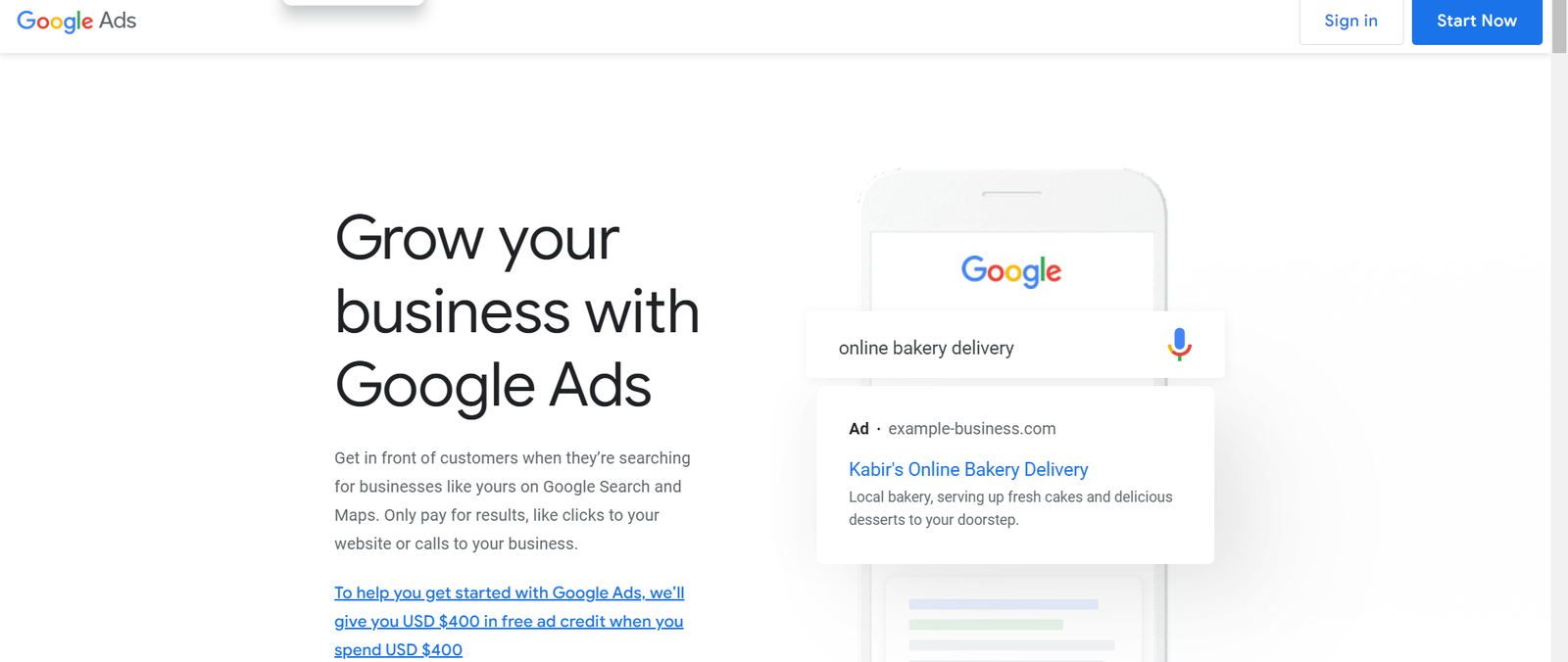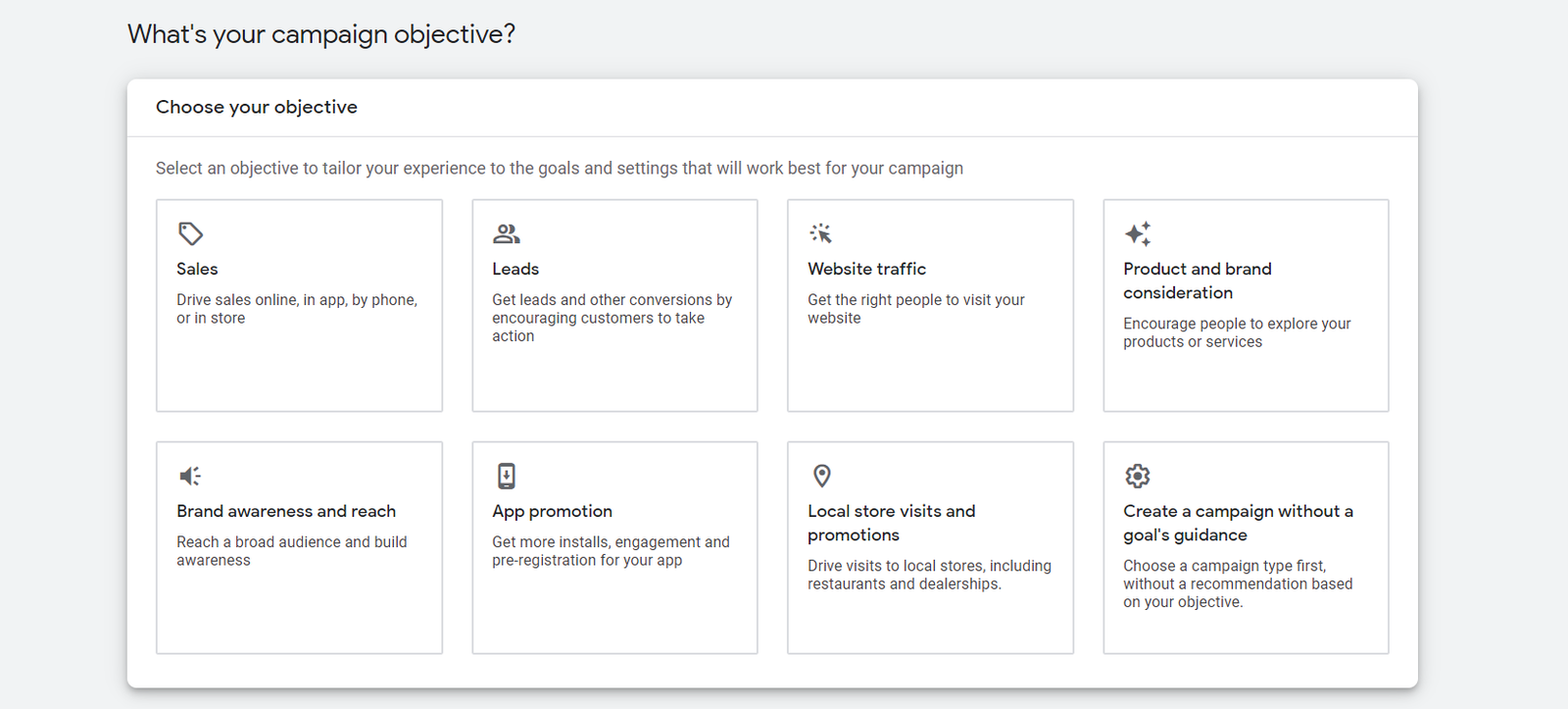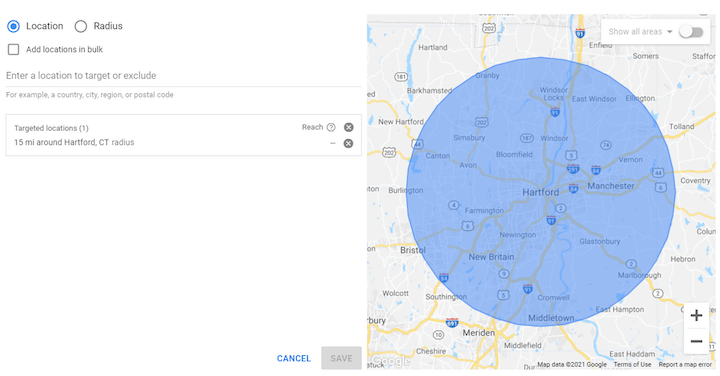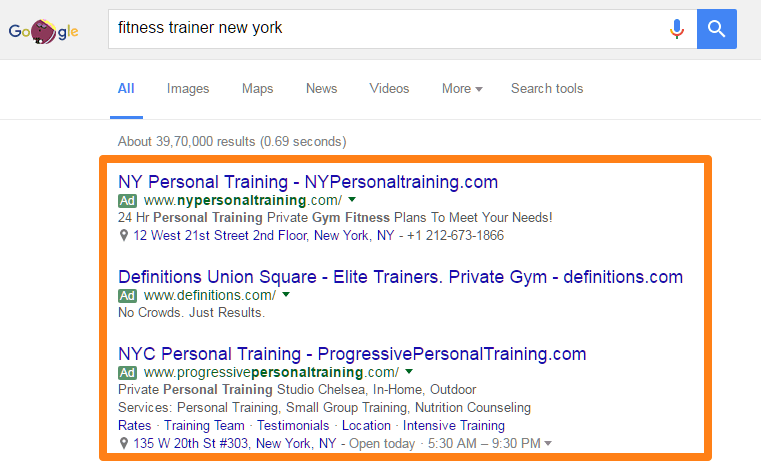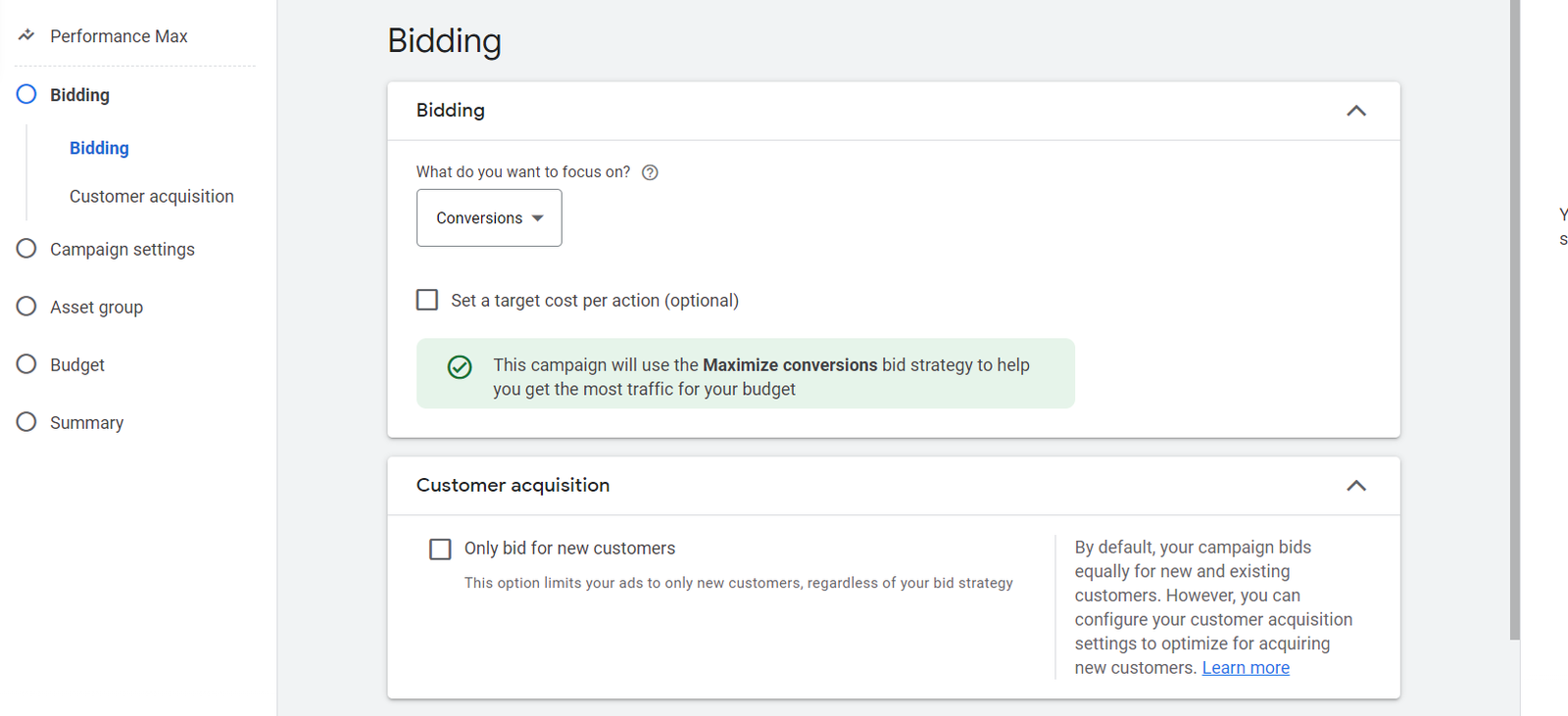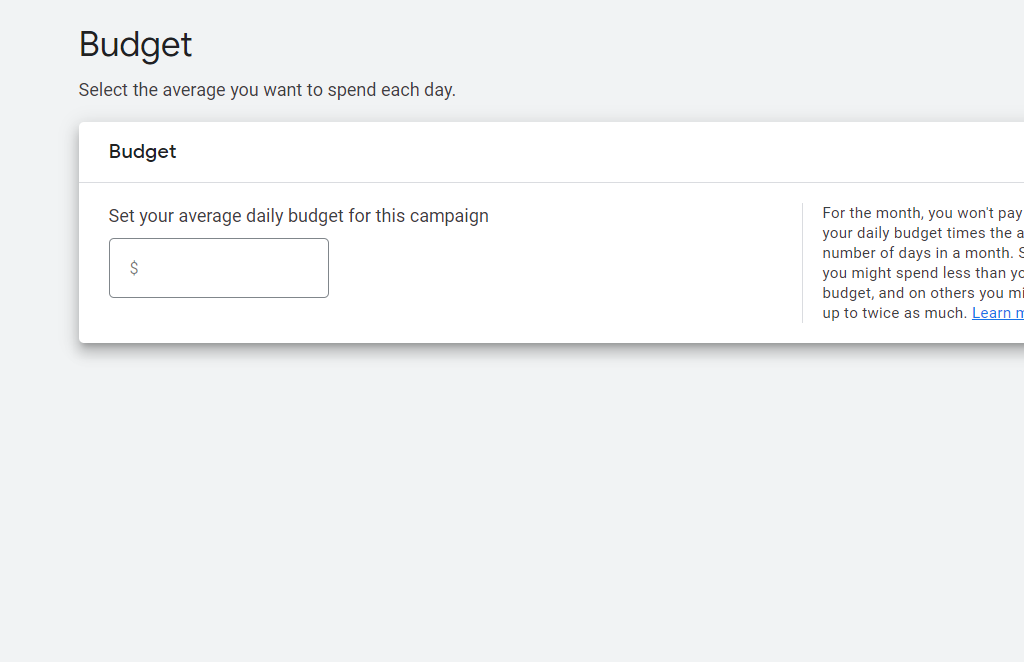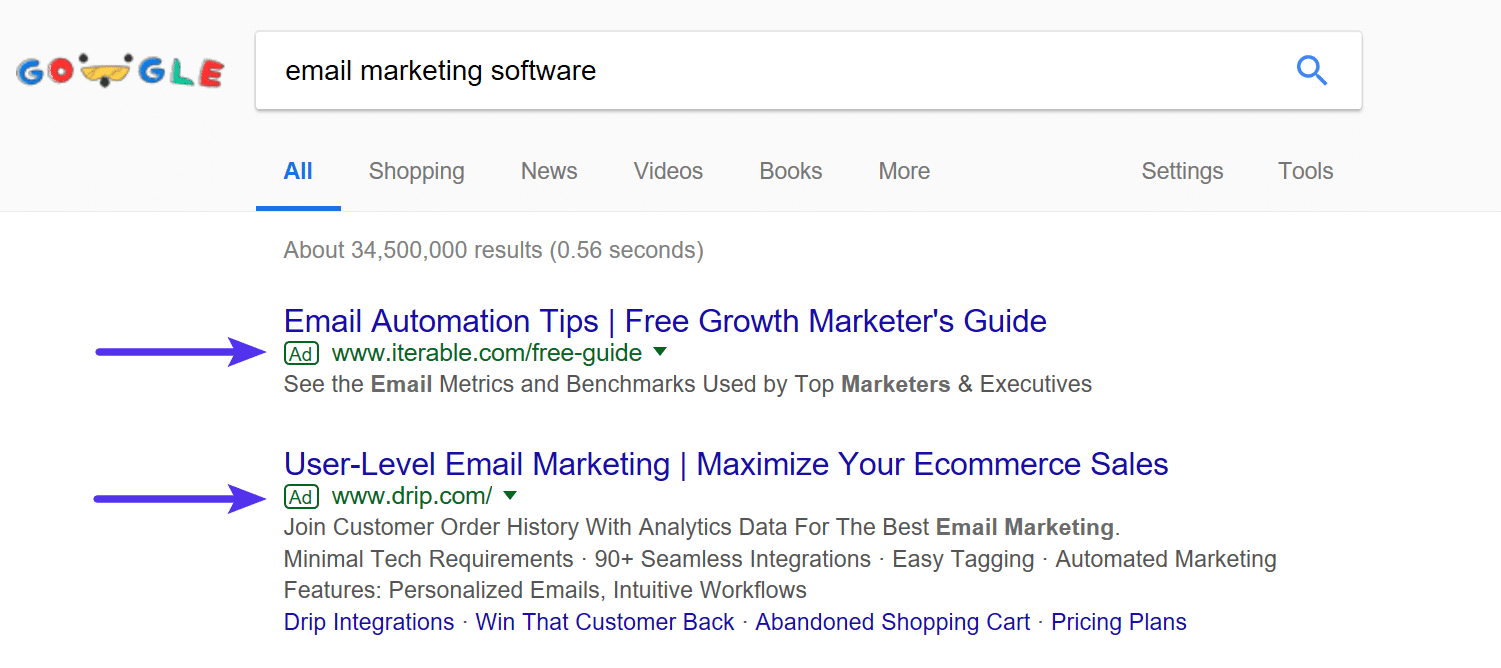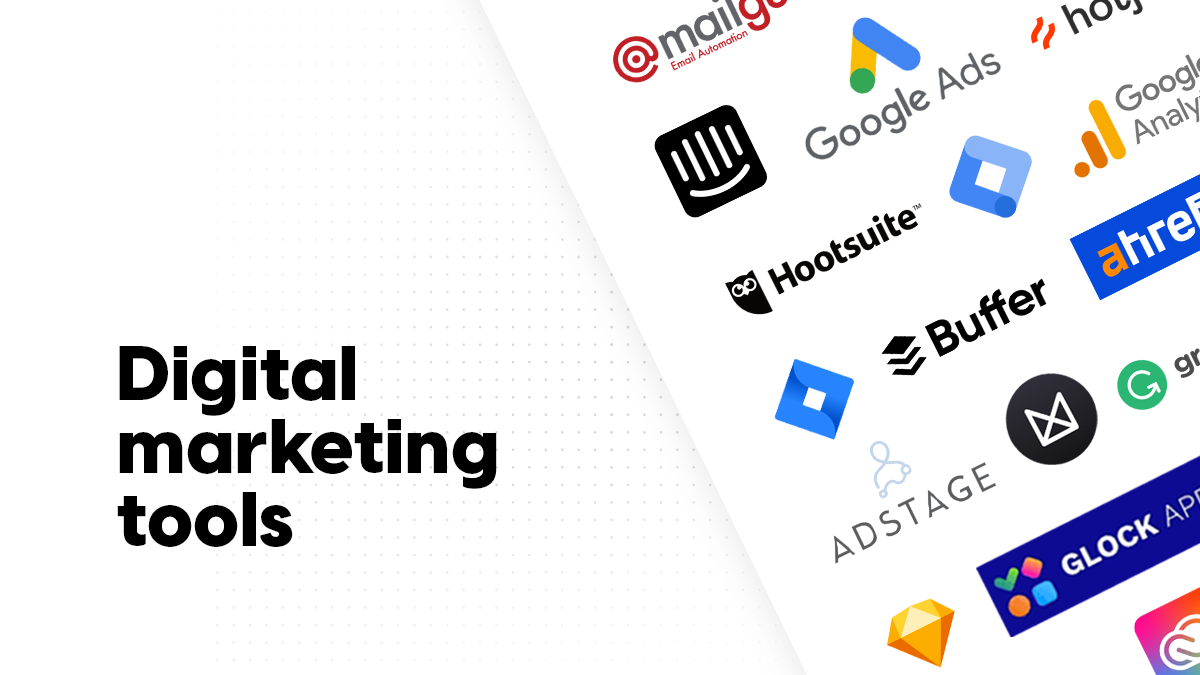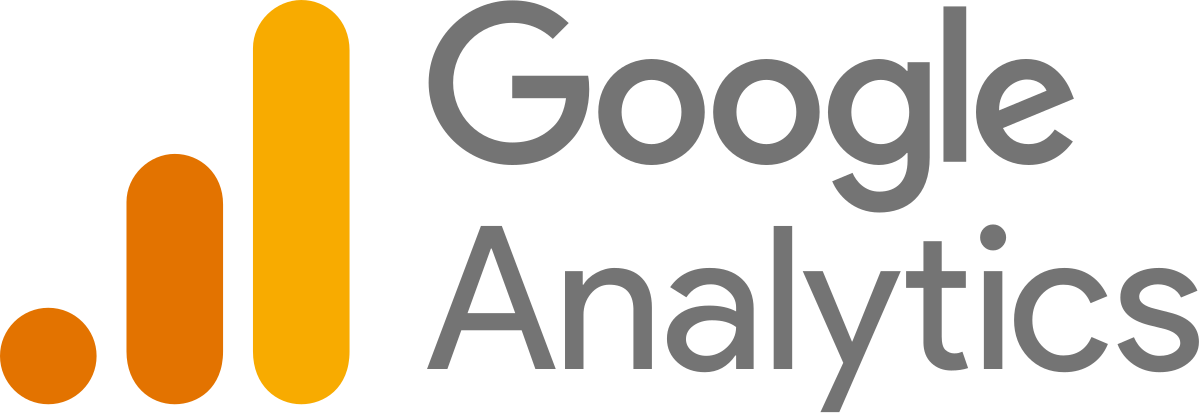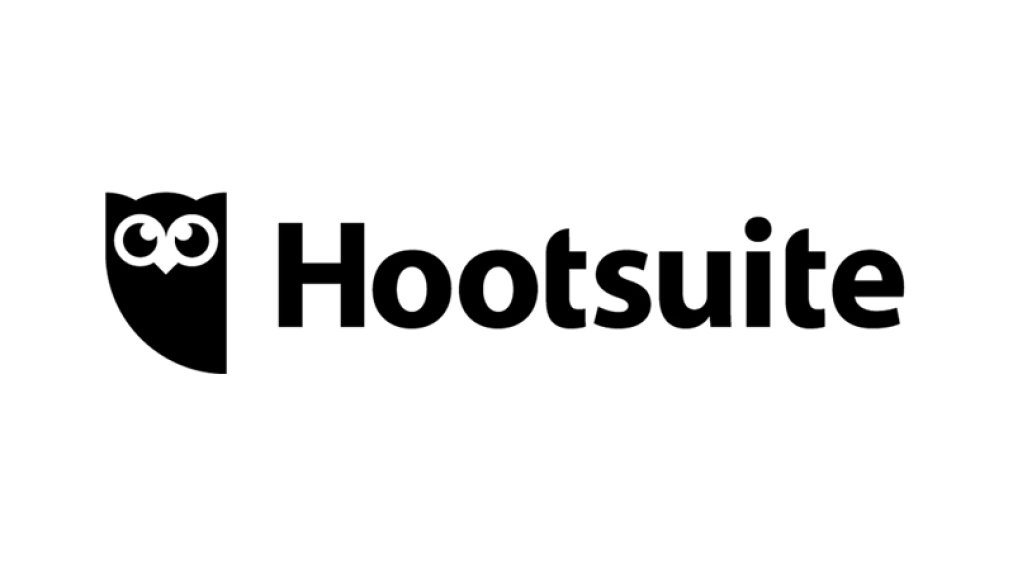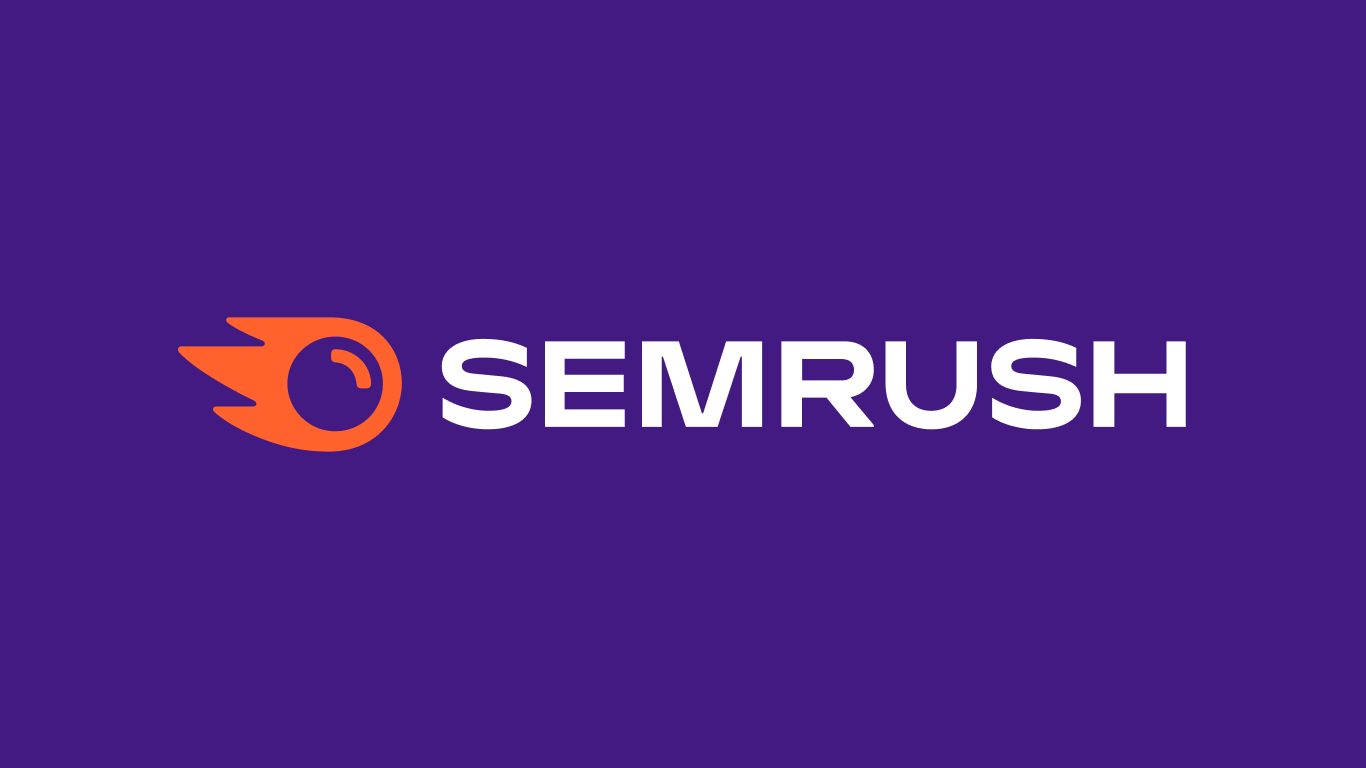How Updating Your Old Content Can Help With Your Rankings?

In today’s world of digital marketing, having a website that ranks high on search engine results is essential to stay ahead of the competition. One way to boost your website’s ranking is by updating your old content. In this blog, we’ll explore how updating old content can help with your rankings.
Why update old content?
The first question that comes to mind is, “Why update old content?” There are several reasons why updating old content can benefit your website. Here are a few:
Freshness: Google loves fresh content, and updating your old content shows Google that your website is up-to-date and relevant.
Improved user experience: Updating your old content can improve the user experience by providing new and updated information.
Improved search engine rankings: When you update your old content, you may include new keywords, which can help improve your search engine rankings.
Increased traffic: Updating old content can attract new visitors to your website. By improving the content, you can entice visitors to stay longer, read more, and explore other pages on your website.
How to update old content?
Now that we know why updating old content is essential, let’s look at how to update old content effectively. Here are some tips:
Analyze the content: Start by analyzing the content to determine what needs updating. Look for outdated information, broken links, and missing images.
Add new information: After analyzing the content, identify areas where you can add new information. You may want to add new research, statistics, or examples to make the content more relevant.
Optimize for SEO: Optimize the updated content for SEO by including relevant keywords, meta descriptions, and title tags.
Update the format: Updating the format of the content can also make it more appealing to readers. You may want to add images, videos, or infographics to make the content more engaging.
Promote the updated content: Promote the updated content on social media, email newsletters, and other marketing channels to attract more visitors to your website.
Benefits of Refreshing Old Content
Refreshing old content is an effective strategy for boosting your website’s search engine rankings, improving user experience, and increasing website traffic. Here are some of the key benefits of refreshing old content:
Improved SEO: Refreshing old content can improve your website’s search engine rankings. By updating the content with new keywords and optimizing it for SEO, you can make it more visible to search engines and increase its chances of ranking higher in search engine results pages.
Increased Traffic: Refreshing old content can help you attract more traffic to your website. When you update your old content, it may become more relevant to your target audience, which can entice them to visit your website and stay longer.
Better User Experience: Refreshing old content can enhance the user experience on your website. By updating the content with new information, images, and videos, you can provide users with a more engaging and informative experience.
Improved Brand Image: Refreshing old content can help you improve your brand image by showing your audience that you are committed to providing them with the latest and most accurate information. This can help you establish your brand as an authority in your industry.
Cost-Effective Strategy: Refreshing old content is a cost-effective strategy for improving your website’s performance. It requires less time and resources than creating new content from scratch, and can often produce better results than creating new content.
Long-Term Benefits: Refreshing old content can produce long-term benefits for your website. By keeping your content up-to-date and relevant, you can attract new visitors to your website, increase engagement, and improve your search engine rankings over time.
Conclusion:
In conclusion, updating and refreshing old content is a crucial strategy for any business that wants to improve its website’s search engine rankings, attract more traffic, and enhance the user experience. With the ever-evolving nature of digital marketing, keeping your website content up-to-date is crucial to staying ahead of the competition and establishing your brand as an industry leader.
At Rewokers Advertising, we understand the importance of refreshing old content and its impact on improving the overall performance of a website. Our team of experienced content strategists and SEO experts can help you identify the areas of your website that need updating and create a customized plan to improve your content’s relevance, accuracy, and SEO optimization.
Whether it’s updating outdated information, adding new visuals, optimizing for SEO, or improving the overall user experience, our team can help you achieve your goals and drive more traffic to your website. Contact us today to learn more about our content marketing services and how we can help you take your digital marketing to the next level.
Have Anything In Mind?
Get in touch with us today! We’re always happy to set up a time for us to talk about your digital marketing goals.


